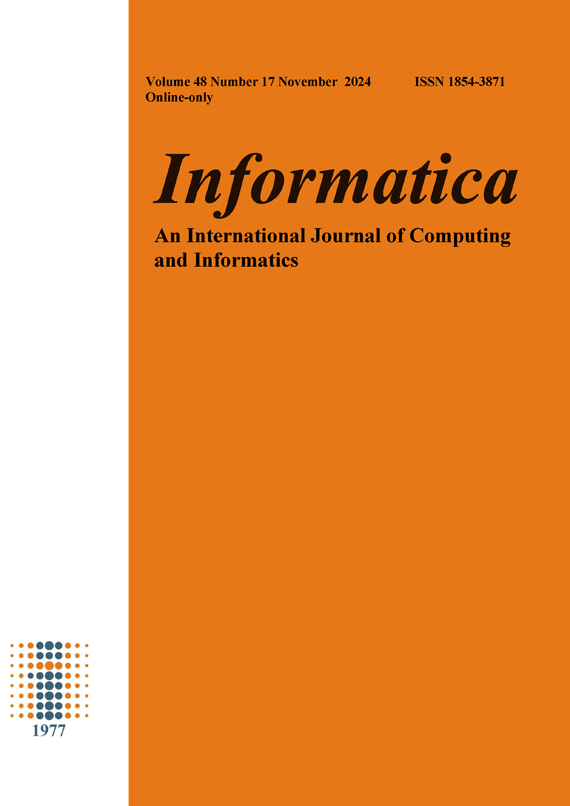A Model for Android Platform Malware Detection Utilizing Multiple Machine Learning Algorithms
DOI:
https://doi.org/10.31449/inf.v48i17.6543Abstract
In today's technological landscape, the ubiquitous use of mobile devices underscores their critical importance in facilitating daily tasks and enabling a wide array of functionalities, from communication to commerce and entertainment. However, this widespread adoption also brings significant concerns regarding security and privacy, especially with the proliferation of mobile applications capable of accessing sensitive data without explicit user consent. The Android operating system, renowned for its openness and extensive app ecosystem, faces substantial security challenges due to its susceptibility to malware attacks. Malicious software, covertly embedded within seemingly legitimate apps, poses serious threats such as data theft, unauthorized access, and device compromise. This study focuses on using Random Forest, Extra Trees, Logistic Regression, Gradient Boosting, and Support Vector Machine algorithms to develop an Android-based platform for robust malware detection in applications. The research aims to evaluate and compare the performance of these algorithms in terms of accuracy, precision, recall, and F1-score. The results show that the Logistic Regression algorithm achieved the highest accuracy with 97.31%. Additionally, it seeks to benchmark these results against a prior model utilizing different machine learning algorithms, aiming to identify the most effective approach for mitigating Android malware threats. By advancing detection capabilities through sophisticated machine learning methodologies, this study contributes to ongoing efforts to safeguard mobile device users from evolving cybersecurity threats.
Downloads
Published
Issue
Section
License
I assign to Informatica, An International Journal of Computing and Informatics ("Journal") the copyright in the manuscript identified above and any additional material (figures, tables, illustrations, software or other information intended for publication) submitted as part of or as a supplement to the manuscript ("Paper") in all forms and media throughout the world, in all languages, for the full term of copyright, effective when and if the article is accepted for publication. This transfer includes the right to reproduce and/or to distribute the Paper to other journals or digital libraries in electronic and online forms and systems.
I understand that I retain the rights to use the pre-prints, off-prints, accepted manuscript and published journal Paper for personal use, scholarly purposes and internal institutional use.
In certain cases, I can ask for retaining the publishing rights of the Paper. The Journal can permit or deny the request for publishing rights, to which I fully agree.
I declare that the submitted Paper is original, has been written by the stated authors and has not been published elsewhere nor is currently being considered for publication by any other journal and will not be submitted for such review while under review by this Journal. The Paper contains no material that violates proprietary rights of any other person or entity. I have obtained written permission from copyright owners for any excerpts from copyrighted works that are included and have credited the sources in my article. I have informed the co-author(s) of the terms of this publishing agreement.
Copyright © Slovenian Society Informatika








